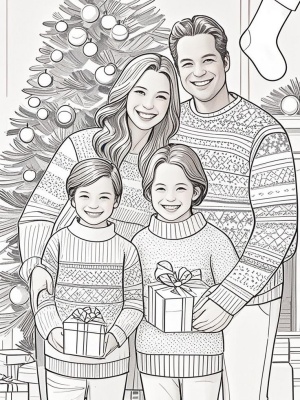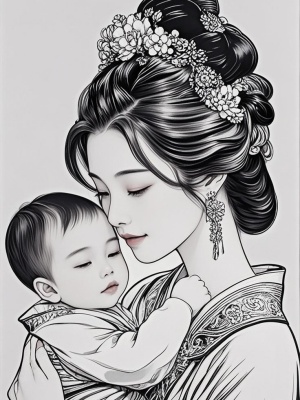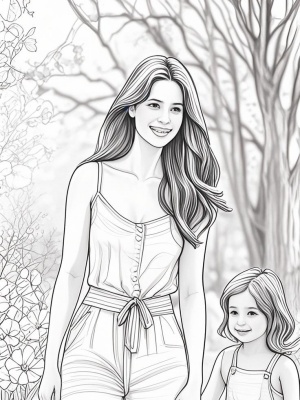The Art and Science of Portrait Color
Introduction: The Power of Color in Portraits
Color plays a pivotal role in portrait photography and digital art, influencing mood, emotion, and visual impact. Whether you're working with traditional photography or AI-enhanced portraits, understanding color theory can elevate your work from ordinary to extraordinary. This article explores the key aspects of portrait color, offering practical solutions to common challenges.
The Psychology of Portrait Colors
How Colors Affect Perception
Different colors evoke distinct emotional responses in portrait viewers. Warm tones like reds and oranges create energy and passion, while cool blues and greens promote calmness. Skin tones require special attention - proper balance makes subjects look healthy and vibrant. For family portraits, harmonious color schemes can strengthen the sense of connection between subjects.
Common Color Problems and Solutions
- Problem: Unnatural skin tones
- Solution: Use photo enhancement tools to adjust hue and saturation selectively
- Problem: Clashing background colors
- Solution: Apply color theory principles (complementary or analogous schemes)
- Problem: Flat, lifeless colors
- Solution: Add subtle color contrast and dimensionality

Technical Aspects of Portrait Color
Color Correction Workflow
- Start with proper white balance
- Adjust exposure and contrast
- Fine-tune skin tones
- Enhance background colors
- Add final creative touches
For professional results, many photographers use AI-powered tools that automate parts of this process while maintaining artistic control. According to color science research from Color Matters, proper color balance can increase viewer engagement by up to 40%.
Creative Color Styling
Beyond technical correction, creative color grading transforms portraits into artistic statements. Popular styles include:

- Vintage film looks with muted tones
- High-contrast cinematic styles
- Soft pastel dreamscapes
- Bold monochromatic treatments
For special occasions like wedding portraits, color choices often reflect the event's theme and emotional tone. The rise of AI tools has made sophisticated color grading accessible to all skill levels.
Conclusion: Mastering Portrait Color
Whether you're enhancing family photos or creating professional portraits, color mastery combines technical knowledge with artistic vision. By understanding color psychology, correction techniques, and creative possibilities, you can produce portraits that captivate viewers. For more inspiration, explore our gallery of color-enhanced portraits showcasing diverse styles and techniques.

Remember that color preferences vary across cultures and contexts - what works for a birthday portrait might differ from a corporate headshot. Continual experimentation and learning from resources like Popular Photography will help refine your color skills over time.